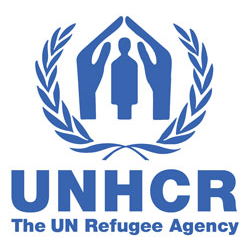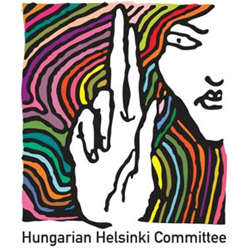Примечания редактора
Экстерриториальный контроль за иммиграцией основывается interalia на системе офицеров связи по вопросам иммиграции. Некоторые страны-члены ЕС используют эту систему, размещая своих сотрудников в других странах, чтобы улучшить проведение контрольных процедур на пунктах въезда на их территорию с места отправления. В дополнение, за последние годы было проведено несколько дебатов о возможности и обязанности лиц, ищущих убежище, запрашивать убежище в ЕС, находясь вне его границ, с целью ограничить их въезд и/или право на убежище в ЕС.
Вопросы для обсуждения
- Какие аргументы можно привести в пользу/против законности принудительного рассмотрения заявлений о предоставлении убежища вне пределов ЕС, при предоставлении убежища в одной из стран ЕС?
- Какие проблемы вызывает такой подход на практике?
- Какие возможны выводы о предоставлении финансовой поддержки государствам - не членам ЕС, при условии обеспечении ими более строго контроля границ?
- Ключевые понятия, проблемы и дискуссии
- Внешняя политика ЕС, как средство убеждения стран вне ЕС следовать его политике
- Перспективы использования рассмотрения заявлений о предоставлении убежища зaпределaми государства, которое его предоставляет
Договоры
ДокументыЕС
- Council of the European Union, Commission Staff Working Document - Study on the international law instruments in relation to illegal immigration by sea, SEC (2007) 691, 15 May 2007.
- Commission of the European Communities, Communication from the Commission to the Council and the European Parliament on the managed entry in the EU of persons in need of international protection and the enhancement of the protection capacity of the regions of origin “Improving access to durable solutions”, COM (2004) 410, 4 June 2004.
- Commission of the European Communities, Communication from the Commission to the Council and the European Parliament on Regional Protection Programmes, COM (2005) 388, 1 September 2005.
- Commission of the European Communities, Communication from the Commission to the Council the European Parliament, the European Economic and Social Committee and the Committee of the Regions. Migration and Development: some concrete orientations, COM (2005) 390.
- Commission of the European Communities, Communication from the Commission to the European Parliament, the Council, the European Economic and Social Committee and the Committee of the Regions – A Common Immigration Policy for Europe: Principles, Actions and Tools, COM (2008) 359, 17 June 2008.
ДокументыУВКБООН
Материалыдлячтения
Основныематериалы
- Evaluation of the Carrier's Liability Regime as part of the EU Asylum Policy under Public International Law E. Basaran, UlulsrarahasiHukukvePolitika, vol. 4, no. 15 (2008), pp. 149-163.
- Extraterritorial Border Controls and Responsibility to Protect: A View from ECRE B. Vandvik, 26 September 2008
- M. Garlick and J. Kumin, ‘Seeking Asylum in the EU: Disentangling Refugee Protection from Migration Control’, in B. Martenczuk and S. van Thiel (eds), Justice, Liberty and Security: New challenges for EU External Relations (Brussels: VUB Press, 2008).
- S. Peers, ‘EU Migration Law and Association Agreements’, in B. Martenczuk and S. van Thiel (eds), Justice, Liberty and Security: New challenges for EU External Relations (Brussels: VUB Press, 2008).
- K. De Vries, ‘An Assessment of “Protection in Regions of Origin” in Relation to European Asylum Law’, European Journal of Migration and Law, vol. 9 (2007), pр. 83–103.
Дополнительныематериалы
- S. Kneebone, C. McDowell, and G. Morrell, ‘A Mediterranean Solution? Chances of Success’, International Journal of Refugee Law, vol. 18 (2006), pр. 492–508.
- M. Garlick, ‘The EU Discussions on Extraterritorial Processing: Solution or Conundrum?’, International Journal of Refugee Law, vol. 18 (2006), pр. 601–629.
- O. Lynskey, ‘Complementing and Completing the Common European Asylum System: A Legal Analysis of the Emerging Extraterritorial Elements of EU Refugee Protection Policy’, European Law Review, vol. 31, no. 2 (2006), pр. 230–250.
- G. Noll, ‘Visions of the Exceptional: Legal and Theoretical Issues Raised by Transit Processing Centres and Protection Zones’, European Journal of Migration and Law, vol. 5 (2003), рp. 303–341.
- M. Gil-Bazo, ‘The Practice of Mediterranean States in the Context of the European Union’s Justice and Home Affairs External Dimension. The Safe Third Country Concept Revisited’, International Journal of Refugee Law, vol. 18 (2006), рp. 571–600.
Примечания редактора
См. также Раздел III. 2.4.4.3 o безопасной третьей стране



